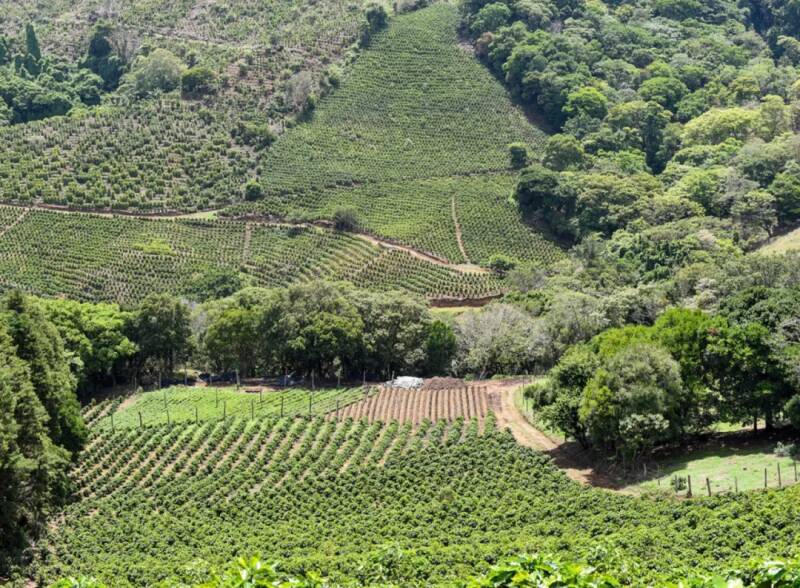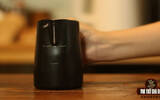Colombia coffee beans| Introduction to Kadura Coffee Beans
Coffee is grown in many countries on all continents, while in South America, coffee is grown in many countries, such as Ecuador, Peru and Colombia. Among them, Colombian coffee is well known in the global coffee market, and Colombia is the third largest coffee producer after Brazil and Vietnam.
Columbia Colombia
Located in the northwest of South America, Colombia is a land and sea country connected with Venezuela, Brazil, Ecuador, Peru and Panama, bordered by the Pacific Ocean to the west and the Caribbean Sea to the north. The topography of Colombia is roughly divided into western mountains and eastern plains, mainly the Andes in the west and Orinoco and Amazon plains in the east.

Because it is located in the tropics and the climate varies according to the topography, the eastern plain and the Pacific coast belong to the tropical rain forest climate, while the mountains at 1000-2000 meters above sea level belong to the subtropical climate, the northwest belongs to the savanna climate, and has a number of volcanoes and forests, with a forest area of about 59.31 million hectares. Colombia has three Codiera mountains running north and south, and coffee is mainly grown in the highlands of these mountains, where the annual temperature is about 18 ℃ and the annual rainfall is 2000-3000 mm. Because the mountain steps provide a diverse climate, it is the harvest season all year round. Colombia's high-altitude mountains, volcanic soil and different microclimates provide an ideal environment for coffee cultivation.
Huila of Huilan production area
Colombia has a large land area, so there are many coffee growing areas in Colombia, and due to the mountain terrain, different microclimate and other planting conditions, the taste of coffee grown in each region has many differences. At present, the more famous producing areas in Colombia are Antioquia, Sattainder, Huila, Narino and so on.

Located in southern Colombia and the southern part of the Central Mountains, Whelan Province consists of the central and eastern Andes, most of which are located in the Magdalena Valley, a hilly area surrounded by mountains, and coffee is grown at an altitude of 1200-1800 meters above sea level. with temperatures between 17 °C and 23 °C, it is the most famous boutique coffee producing area in Colombia.
Kaddura Caturra
Kaddura, a variant of Bourbon, was found on a plantation in the Brazilian state of Minas Gerais between 1915 and 1918. Kaddura's name comes from Guarani, which means "small". On coffee plants, the leaves are green, the berries are concentrated closely, the distance between leaf nodes is short, the fruit is mainly red, the size of coffee beans is average and oval, but it is slightly larger than Kaduai, and the overall tree shape is smaller, so it can be planted densely and the yield is higher, but its production cycle is shorter than other varieties, so it is suitable for planting at high altitude. But it is vulnerable to leaf rust, nematodes and berry diseases.
Qianjie Coffee Colombia selected Coffee Bean production area: Huilan Coffee Bean production area: altitude: 1500-1800 m Variety: Kaddura treatment: washing Flavor: dark Chocolate Nuts Caramel slightly Fruit Acid
This entry-level selection of Qianjie Coffee Colombian beans are from the Huilan producing area and are washed and moderately roasted. The front street uses the proportion of V60JEL 15, and the water temperature is 92 ℃. The entrance will have nutty, dark chocolate and caramel flavors, slightly sour and sweet tropical fruits, soft and well-balanced.
Important Notice :
前街咖啡 FrontStreet Coffee has moved to new addredd:
FrontStreet Coffee Address: 315,Donghua East Road,GuangZhou
Tel:020 38364473
- Prev

Why does the milk bubble of coffee pull flowers always have endless bubbles? How to send out dense and delicate milk foam?
Often pull flowers you, whether there is such trouble: send the completed milk bubble often with more small bubbles, in any case "Duang, Duang, Duang"shock cylinder, inverted cylinder, surface bubble elimination immediately after other small bubbles, simply shock! If you've suffered this too.
- Next

Suddenly! Volcanic eruption in Costa Rica, ash affecting local people and agriculture
On April 2, the eruption of Poás, about 50 kilometers north of San Jose, Costa Rica, affected the lives of local residents and the growth and production of coffee and other crops, and also led to the closure of Poas Volcano National Park for two days. Costa Rica is a country with multiple fires.
Related
- Being chased out of the rain in front of Starbucks?! Store: Sheltering from rain under umbrellas poses a safety hazard
- The white moonlight has changed?! Lucky launches "Big Winter Pear American"
- Hand-brewed coffee three-stage method, high-sweet and universal brewing method to share! What does the high sweet water level of hand-brewed coffee mean?
- What is the difference between raw, refined and full espresso coffee? How to extract espresso and taste good?
- A complete list of coffee bean names and their meanings! What is Yejia Shefi coffee? Where is Mantelin coffee?
- What grade does Arida Manor Kaduai coffee beans belong to? What treatment is Arida ASD slow anaerobic sun exposure?
- The milk tea cup becomes smaller?! Overlord Tea Girl launches a new "Return to Yunnan" series
- Accused of selling counterfeit and high-priced coffee beans! Well-known boutique coffee brand "Oukelao" bowed and apologized!
- How to make espresso dumplings? Can I eat coffee and glutinous rice balls together?
- Save the unformed and stagnant powder cakes in one second! What is the problem with stagnant water in the powder bowl of the espresso machine?

